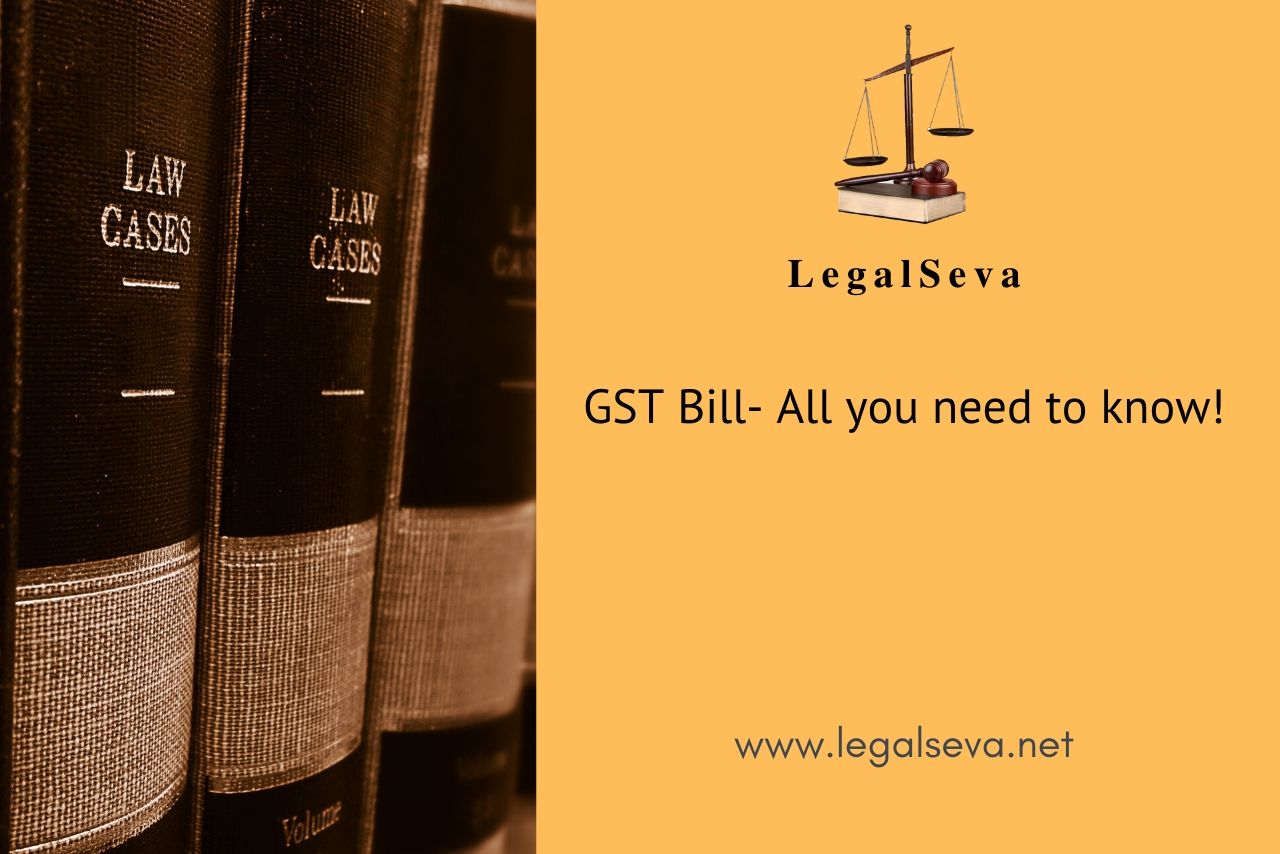Last Updated on March 19, 2024 by Satish Mishra
An indirect tax reform which aims to remove the tax barrier between states and create a single market. Come April, 2017 and there will be only single taxation on Goods and Services system which is GST.
For a layman this post would bring GST Bill- All you need to know! In Short, What’s in for me? GST changed TAX system in India.
GST- Introduction of Goods and Services tax eliminated the cascading effect of taxes i.e. Tax on tax. Now GST has subsumed all previously held indirect taxes which were a confusion for many.
Previously, different taxes were levied at different stages and at different in states and as a result, GST was applied non-uniformly.
GST stands for Goods and Services Tax is a successor to VAT in India on the supply of goods and services. Interestingly, both have the same taxation slabs.
In GST Bill- All you need to know! is a destination based, multistage and comprehensive tax since it subsumes all the indirect taxes, leaving few states to exceptions? Want to know which states are they, read it here. On every value addition GST is added, please note.
GST was introduced by Constitutional (122nd Amendment) Bill (CAB for short) was introduced in the Parliament and passed by Rajya Sabha on 03rd August, 2016 and Lok Sabha on 08th August, 2016.
Here are the 7 pointers:
1 GST would be only applicable to supply of goods. Hence, all other forms of taxes have to go. Be it VAT, CST, Entry Tax or any other tax levied by states.
2 GST will follow dual system- Centre and States would unitedly apply GST on goods and services.
3 Custom is not a part of GST, and will follow the same pattern.
4 The present cost of 2% CST will not be applicable any longer as IGST would be totally fungible in the Destination State.
5 GST is consumption tax, accrued to state where consumer resides.
6 Liability of GST would arise at the time of supply of goods and service.
7 The lowest rate proposed is 6 percent, with two standard rates of 12 and 18 per cent.
Also Read- GST RATE FOR REAL ESTATE IN PUNJAB HARYANA CHANDIGARH
Why GST Introduced?
To eliminate the cascading effect and bring uniformity in taxes through our India, GST was introduced. States earlier used to charge different taxes invariably. Further this promotes idea of One Nation One Tax.
Do you 4 types Taxes?
Integrated Goods and Services Tax (IGST), State Goods and Services Tax (SGST), Central Goods and Services Tax (CGST), and Union Territory Goods and Services Tax (UTGST).
How is GST Calculated?
Net Price = Original Cost + GST Amount.
GST Amount = (Original Cost*GST Rate Percentage) / 100.
You would be surprised to know Atal Bihari Vajpayee is called the Father of GST in the world.
Also Read- GST in REAL ESTATE Chandigarh Panchkula Mohali Zirakpur
GST Good or Bad?
Definitely more pros and less cons as small businesses can now manage their affairs on their own with least intervention of authorities and tax experts.
To have the best understanding on GST, you may also read the FAQ (Frequently asked Questions) by the ministry of Information and Broadcasting.
Also Read- Gst Versus Service Tax for Delayed Possession
Hope you find this post useful, relevant and informative. Do share this post if you like it.
Rest you can always find Best/Top/Expert GST lawyers in Chandigarh Panchkula Mohali Zirakpur Derabassi Kharar from LawRato.

